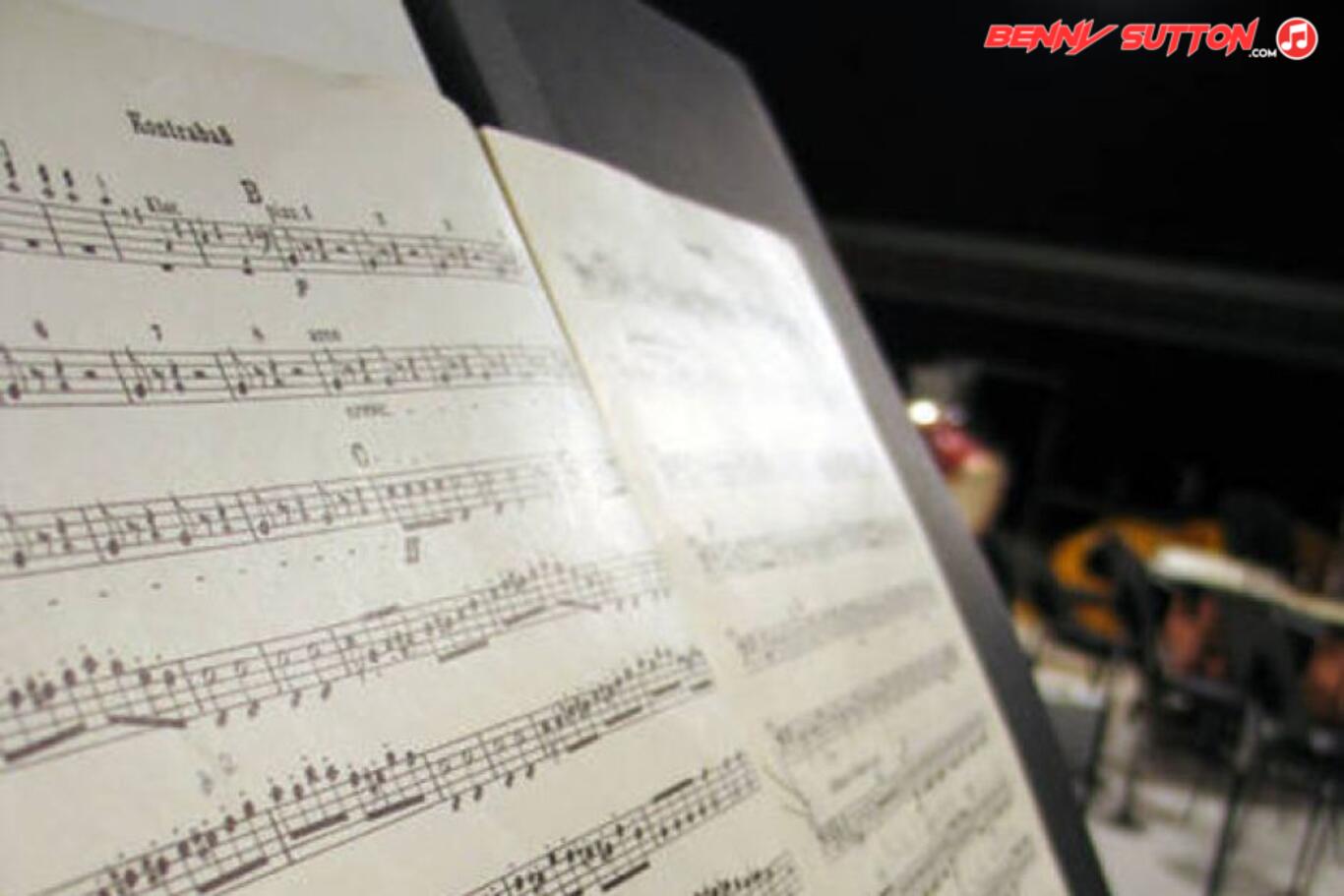Held to full value or slightly emphasized; marked with a short horizontal line.
Tenuto (from the Italian tenere, “to hold”) means to play or sing a note for its full value—sometimes slightly longer or more emphatically than written. It’s not as detached as staccato, nor as flowing as legato; it’s controlled sustain with weight and purpose.
In notation, tenuto appears as a small horizontal line above or below a note. Performers interpret it as “give this note its full length and presence.” On strings or winds, that might mean steady pressure and tone; on piano or guitar, holding the note until just before the next attack.
Tenuto often adds emphasis without accent, giving a line gravity or poise. A melodic phrase marked tenuto feels deliberate—each note rounded and stable. In orchestral playing, it’s used to shape long lyrical lines; in jazz, players like Miles Davis used subtle tenuto phrasing to make notes linger just enough to command attention.
In a DAW, tenuto can be achieved by slightly extending note length or softening release envelopes—long enough to connect notes naturally, not enough to blur them.
Tenuto is about intentional sustain—the space between ordinary duration and legato overlap. It makes each note matter, holding it just long enough to say something before letting it go.
